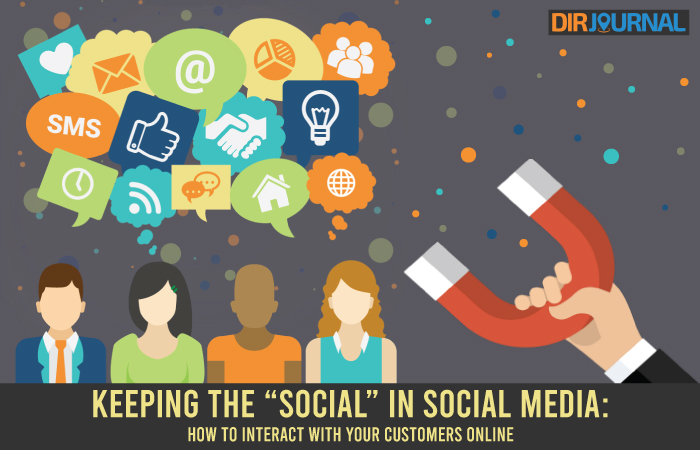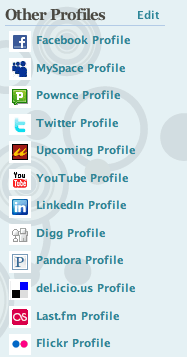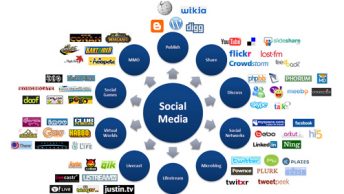Companies are increasingly turning to the Web to reach their customer bases, in part to get in on the hype surrounding social media. Unfortunately though, using social media tools isn’t enough for effective PR or social media marketing. You have to use them well.
What does that mean? How can your company use social media “well?”
For starters, you need to keep it social. That means you should be engaging in conversations with members of your target market (whether they’re potential customers or existing customers–or users, visitors, readers, or whatever else applies to your company).
The Art of Conversation
Conversations equal two-way communication. When you blog, do you allow readers to comment? Yes? Good–that’s a start. But do you respond to them? Hopefully you do, but sadly many companies (or their executives doing the blogging) do not. They treat a blog as a platform for one-way communication–they talk at their readers instead of talking with them. Where many companies fail in social media is this little thing called “listening.”

Conversations don’t end with your company blog. Are you on Twitter? If so, do you actually pay attention to what most of the people you’re following are saying? (Or did you maybe only add them in the hopes that they’d follow you back and inflate your follower count for popularity’s sake?) Let’s say you really do have an interest in all of the people you’re following. That’s great. Now do you respond to them?
We have a pattern developing, don’t we? You can use blogs, microblogs, social networks, etc. to yap to your heart’s content, but if you’re not responding to your customers and taking part in conversations rather than just instigating them, you’re really missing out.
Fear vs Free Market Research
One of the reasons some companies hesitate when it comes to open conversations on the Web is fear. They’re afraid they may not like what they hear if they give those customers an open platform and actually listen to what they have to say. On one level it’s understandable–would you allow someone to come into your home and badmouth you? Not likely. So why should companies be open to it by allowing customers to potentially criticize them publicly, but in their “home” in the social media space (their blog, profile, etc.)?

It’s free market research; that’s why. If anything, negative feedback (of the constructive variety) is far more valuable to your business than people oohing and ahhing over how great you are. If they compliment you, ask how you can make things even better. If they complain, calmly talk to them about the fundamental problems they have (something relatively minor and easy for you to fix, might be infuriating to your customers). Every company can improve, as can any website, product, or service. While not every complaint has to lead to direct action, actively communicating with your audience via social media tools gives you a chance to pick their brains about what they really think (and more importantly what they really want from you in the future).
Social Media is Like Chocolate: You Shouldn’t Overindulge
How great is it to know that your customers are out there, ready and willing to share their thoughts with you to help you improve and grow your business? If you’re feeling the urge the rush out and set up a LinkedIn and Facebook profile, Twitter account, and new company blog all in one day, then reign it in a bit friend.
Overindulging in social media can be as bad for your company as completely neglecting it and the opportunities it offers. Why?
Let’s take a step back. Remember, the real value in social media is active two-way conversations. While you may be able to maintain those relationships on every social media tool early on, as your following grows on each it will become impossible. You’ll end up in a position where you can’t keep up with those conversations–where it starts to look like you’re too caught up in the fad elements to really put the focus on your customers. Don’t lose that focus!
This is speaking from experience as a customer, where companies have listened to personal complaints about them and made real changes (all via blogs and Twitter): there is no bigger attraction to a company possible than when they actually listen to what you say. When your customers know you aren’t just “hearing” them, but that you’re listening to their needs and concerns behind the words and are willing to act on them–that’s what social media is about (at least when it comes to business).














